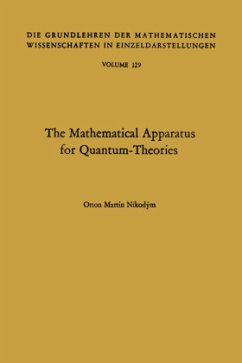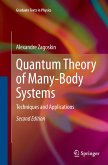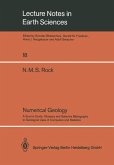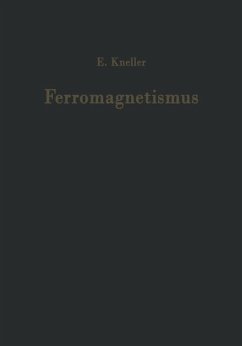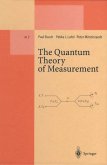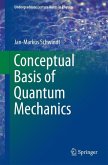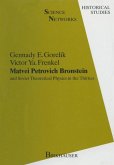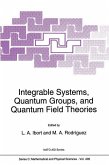The purpose of this book is to ,give the theoretical physicist a geometrical, visual and precise mathematical apparatus which would be better adapted to some of their arguments, than the existing and generally applied methods. The theories, presented in this book, are based on the theory of Boolean lattices, whose elements are closed subspaces in the separable and complete Hilbert-Hermite-space. The first paper, in which the outlines of the said mathematical apparatus is sketched, is that of the author: "Un nouvel appareil mathematique pour la theorie des quanta."] The theory exhibited in this paper has been simplified, generalized and applied to several items of the theory of maximal normal operators in Hilbert-space, especially to the theory of multiplicity of the continuous spectrum and to permutable normal operators, based on a special canonical representation of normal operators and on a general system of coordinates in Hilbert-space, which is well adapted not only to the case of discontinuous spectrum, but also to the continuous one. The normal operators, which can be roughly characterized as operators with orthogonal eigen-vectors and complex eigen-values, constitute a generalization of hermitean selfadjoint and of unitary operators. The importance of the methods, sketched in the mentioned paper, has been emphasized in the review in the "Zentralblatt fUr Mathematik", 2 by the physicist G. LUDWIG and later applied by him in his book "Die Grundlagen der Quantenmechanik"3. The mentioned theory has 1 Annales de l'Institut HENRI POINCARE, tome XI, fasc. II, pages 49-112.
Hinweis: Dieser Artikel kann nur an eine deutsche Lieferadresse ausgeliefert werden.
Hinweis: Dieser Artikel kann nur an eine deutsche Lieferadresse ausgeliefert werden.

